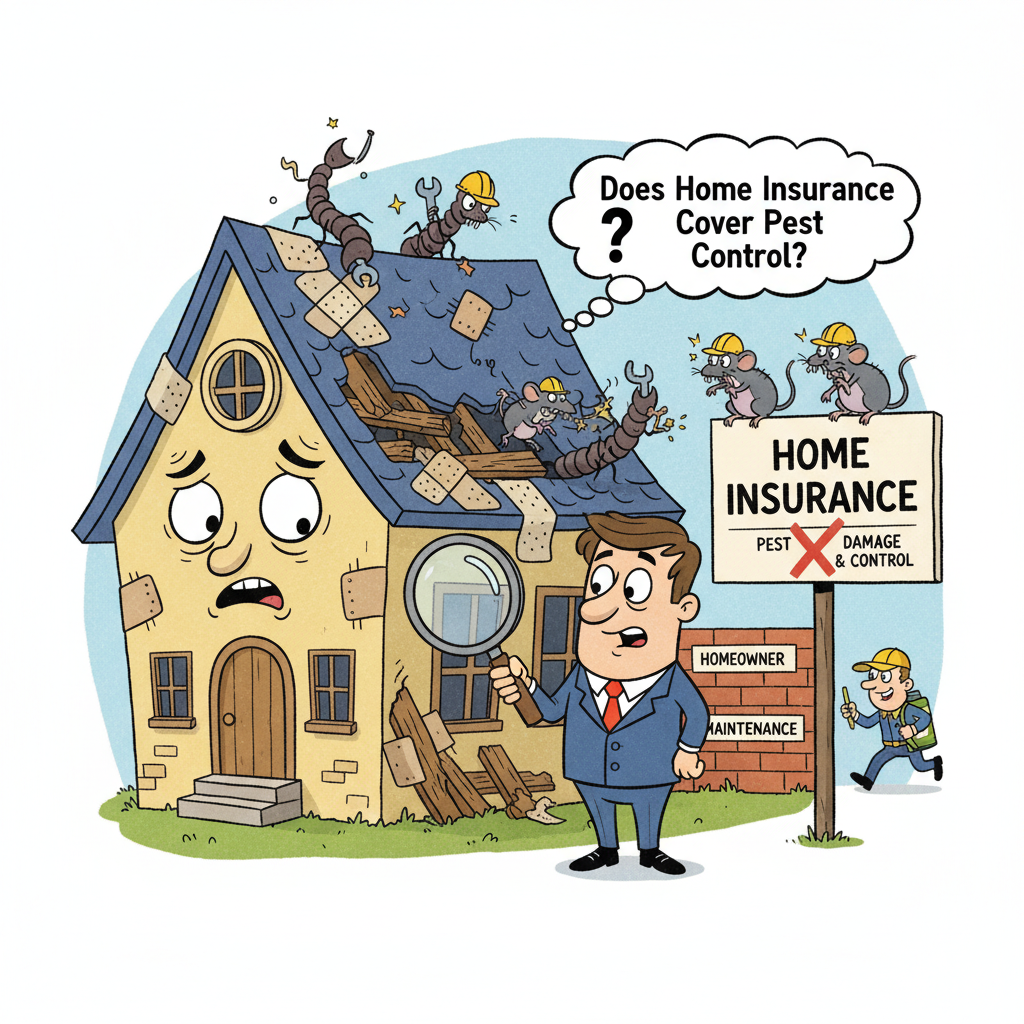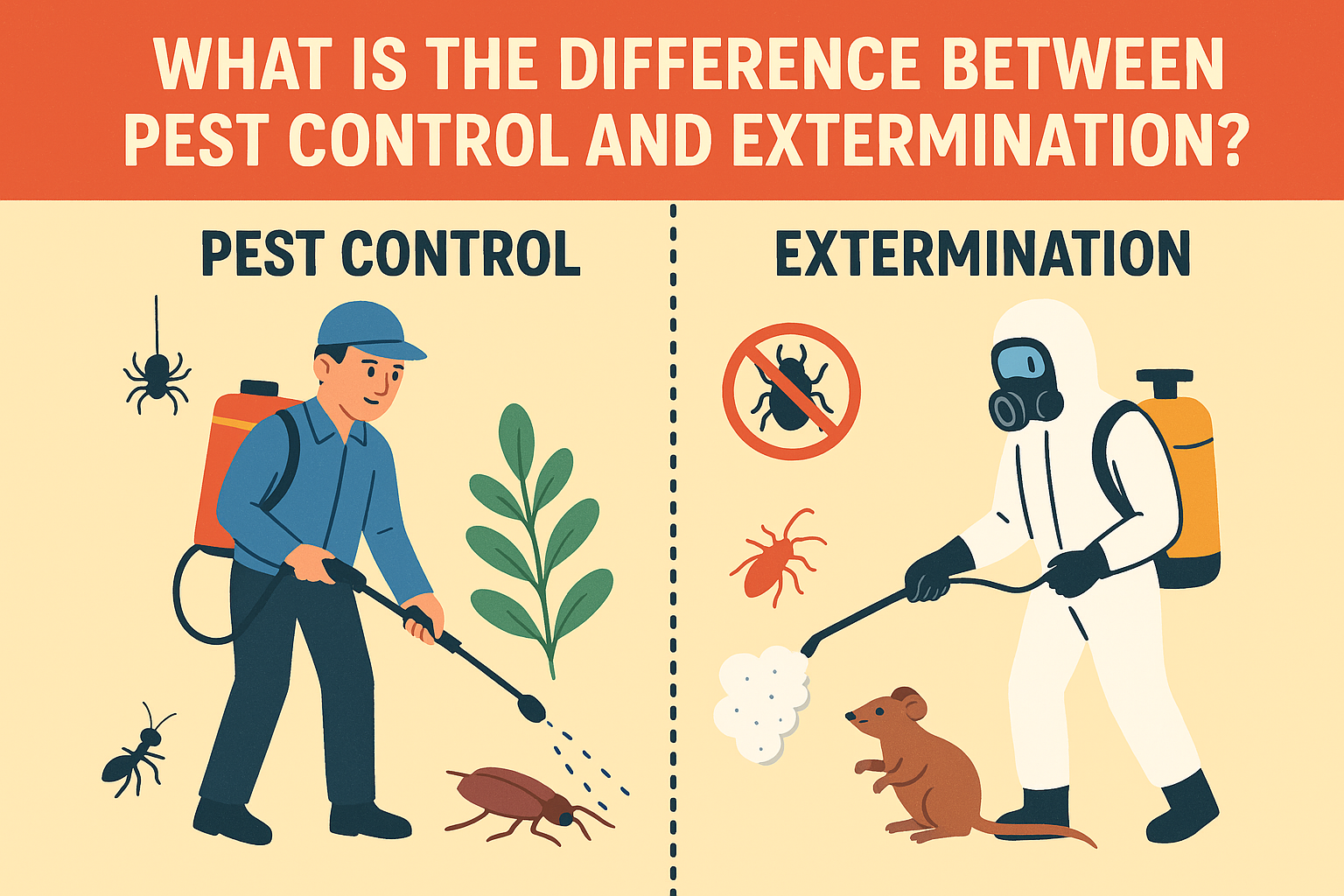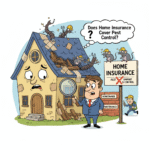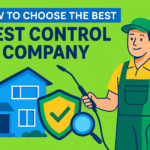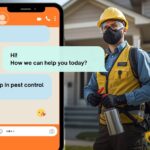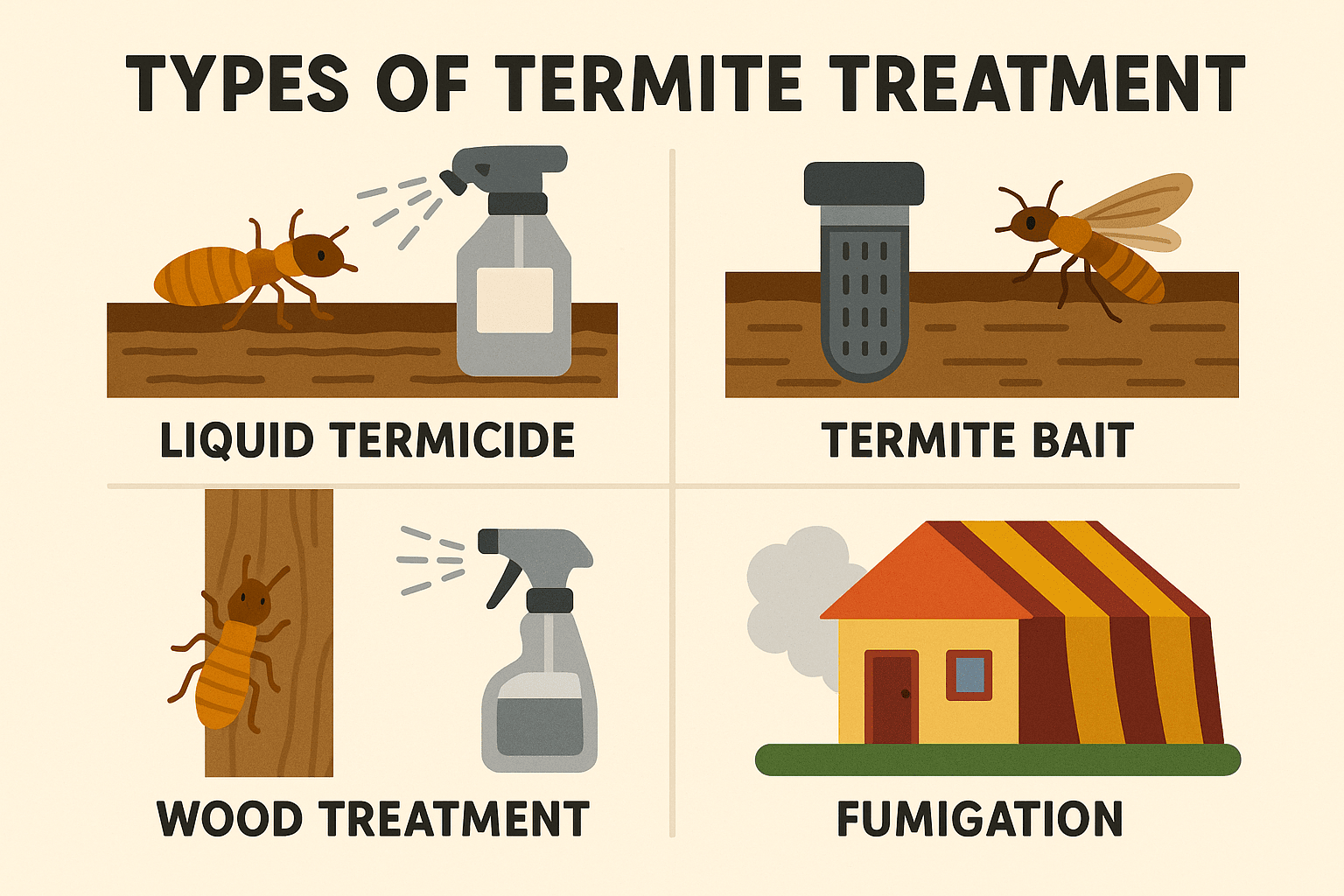Homeownership comes with many responsibilities, including maintenance, repairs, and protecting your property from unexpected events. One common concern among homeowners in St Paul is whether their insurance will cover pest control services. Pests such as termites, rodents, ants, and other intruders can cause significant damage if left unchecked. Understanding what your home insurance covers, what it does not, and how to protect your property from pest-related issues is essential for avoiding costly surprises.
Pest Control St Paul provides comprehensive services that help homeowners safeguard their property from unwanted infestations. While insurance may cover certain types of damage, relying solely on your policy for pest problems is rarely enough. Professional pest control services are proactive and preventive, targeting both existing pests and the conditions that allow them to thrive. Combining knowledge of your insurance policy with expert pest control ensures your home remains safe and protected.
Why Home Insurance Typically Does Not Cover Pest Control
Most standard homeowners’ insurance policies do not include coverage for routine pest control. Insurance companies view pest infestations as preventable issues that homeowners can manage through proper maintenance. Because pests usually cause gradual damage over time, insurers classify the responsibility as part of regular upkeep rather than sudden or accidental events.
For example, termite infestations or rodent activity develop slowly, often over months or years. If left untreated, these pests can damage wood, wiring, insulation, and other parts of the home. Since homeowners are expected to monitor and prevent such problems, insurance companies exclude these situations from coverage. This is why relying on insurance alone is insufficient for protecting your property from pests.
Situations Where Insurance Might Cover Pest-Related Damage
Although most pest control costs are not covered, certain secondary issues resulting from pest activity may qualify for coverage. These instances are generally limited to situations where the pest damage leads directly to a covered peril.
For example, if a rodent chews through electrical wiring and causes a fire, the resulting fire damage may be covered by your policy. Similarly, if pests damage a pipe or other infrastructure, leading to water damage, the insurance may pay for the resulting repairs. Severe storms or natural events that allow pests to enter your home unexpectedly may also be situations where limited coverage applies.
It is important to note that these scenarios are exceptions rather than the rule. Homeowners must review their specific policy documents to determine which events are covered and which are excluded.
Why Pest Damage Is Considered Preventable
Insurance companies classify most pest-related issues as preventable maintenance. Preventable damage includes anything that could reasonably be avoided through routine inspections, repairs, or preventive measures.
Homeowners are expected to take steps such as sealing cracks, maintaining proper drainage, storing food safely, and keeping the home clean and dry. Failure to perform these tasks can increase the likelihood of infestations and subsequent damage. Because these preventive actions fall under the homeowner’s responsibilities, insurers do not cover routine pest control or damage that occurs gradually over time.
The Role of Professional Pest Control
Investing in professional pest control is the most effective way to protect your home from infestations. Pest control specialists assess your property to identify current pest problems and potential risk factors. They implement targeted solutions designed to eliminate existing pests and prevent future issues.
Services typically include inspections, treatments, and follow-up visits to monitor effectiveness. Professionals also advise homeowners on practical preventive measures, such as sealing entry points, reducing moisture, and maintaining cleanliness. These steps significantly reduce the chances of recurring infestations and minimise the risk of costly damage.
What Homeowners Should Do If They Have a Pest Problem
1. Review Your Policy
Start by carefully reading your homeowners’ insurance policy. Pay attention to sections on exclusions and limitations related to pests. Some policies may explicitly state that termite, rodent, or insect damage is not covered, while others may allow coverage under very specific circumstances.
2. Contact Your Insurance Provider
If you are unsure about what is covered, reach out to your insurance company. Ask questions about situations that may involve secondary damage, such as fires, floods, or structural damage caused indirectly by pests. Understanding your coverage can help you make informed decisions and avoid unexpected expenses.
3. Consider Policy Add-Ons
Some insurers offer optional add-ons or riders for home emergencies, which may include pest-related coverage. While these add-ons often come at an additional cost, they can provide peace of mind and financial protection if a serious pest problem arises.
4. Hire a Professional Pest Control Company
Engaging a professional pest control service ensures that the infestation is handled effectively and safely. Experts not only remove existing pests but also provide guidance on preventive measures. Regular inspections and maintenance can prevent future infestations and protect the structural integrity of your home.
Preventive Measures Homeowners Can Take
Even if your insurance does not cover pest control, there are steps you can take to minimise the risk of infestations:
- Seal Entry Points: Close gaps, cracks, and openings where pests may enter, especially around doors, windows, and the foundation.
- Reduce Moisture: Fix leaks, maintain gutters, and ensure proper drainage to prevent water accumulation that attracts pests.
- Store Food Properly: Keep food in sealed containers and promptly clean up crumbs or spills.
- Maintain Cleanliness: Regularly clean floors, countertops, and storage areas to reduce shelter and food sources for pests.
- Inspect Your Property: Check attics, basements, and crawl spaces for signs of pest activity, such as droppings, chewed wood, or damaged insulation.
- Professional Inspections: Schedule regular inspections with a pest control company to catch issues before they escalate.
The Cost of Ignoring Pest Problems
Neglecting pest issues can lead to costly repairs that are not covered by insurance. Termites can damage wooden structures, rodents can chew electrical wiring and insulation, and ants or other insects can compromise foundations or drywall.
Beyond structural damage, pests can also pose health risks. Rodents and insects may carry diseases, contaminate food, and trigger allergies. By addressing pest problems early, homeowners protect both their property and the health of their family.
Conclusion
Homeowners’ insurance in St Paul typically does not cover the cost of pest control because infestations are considered preventable, and gradual damage is excluded from standard policies. However, certain secondary damages caused by pests, such as fire or water damage, may be covered depending on your policy.
The most effective way to protect your home is through professional pest control services. Regular inspections, treatments, and preventive measures can minimise the risk of infestations and safeguard your property against costly damage. By combining knowledge of your insurance coverage with expert pest control, homeowners can enjoy a safe, clean, and well-protected home environment.
Investing in preventive pest management ensures peace of mind, protects your property, and reduces long-term expenses. Homeowners in St Paul who take proactive steps with professional pest control are far less likely to face serious pest-related problems, making their home a safer and healthier place for their family.
FAQs
- Does homeowners’ insurance cover pest control?
No, most standard homeowners’ insurance policies do not cover routine pest control or damage caused by pests because infestations are considered preventable maintenance. - Can pest damage ever be covered by insurance?
Yes, if the pest damage leads to a secondary, covered event, such as a fire caused by rodents chewing wires or water damage from a burst pipe, your insurance may cover the resulting repairs. - What should I do if I have a pest problem in my home?
Homeowners should review their insurance policy, contact their insurer for clarification, consider add-ons for pest-related coverage, and hire a professional pest control company to handle the issue effectively. - How can I prevent pest infestations to avoid damage not covered by insurance?
Preventive measures include sealing entry points, reducing moisture, storing food properly, maintaining cleanliness, and scheduling regular inspections with a professional pest control service.

